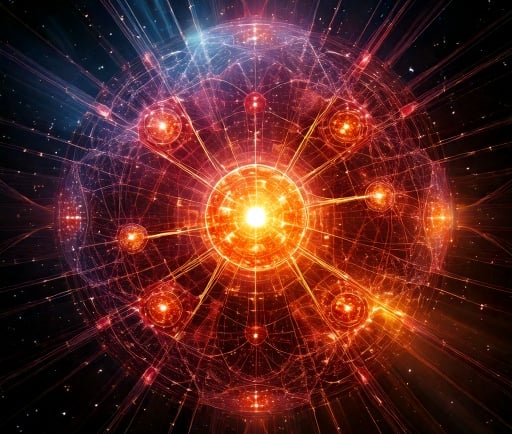Tachyons: Theoretical Particles Beyond Light Speed


Understanding Tachyons
Tachyons are a fascinating concept in theoretical physics that challenge our understanding of the universe. As hypothetical particles, they are theorized to travel faster than the speed of light, presenting unique implications in the realm of physics and time travel. First proposed by Gerald Feinberg in the 1960s, these elusive particles open up a world of possibilities that extend beyond the principles established by Einstein's theory of relativity.
The Nature of Tachyons
From a fundamental standpoint, tachyons would possess imaginary mass, a concept that raises eyebrows and requires a paradigm shift in our comprehension of mass and energy. Unlike ordinary particles, tachyons could gain speed as they lose energy, which contrasts sharply with our conventional understanding of particle dynamics. This characteristic leads to intriguing discussions about their interactions and behavior under varying conditions, including their theoretical ability to traverse time.
Implications of Faster-Than-Light Travel
The existence of tachyons could imply the potential for backward time travel, creating fascinating scenarios for theoretical exploration. If these particles truly exist, they might be capable of transmitting information into the past, challenging the linear perception of time that governs our daily lives. This notion inspires various hypotheses, including those related to temporal paradoxes, and poses the question of whether our understanding of causality would fundamentally alter.
Despite the compelling implications of tachyons, it is essential to acknowledge that they remain purely hypothetical at this stage. No experimental evidence currently supports their existence, and many physicists express skepticism about the feasibility of such particles within the framework of established physics. Nevertheless, the pursuit of understanding tachyons continues to ignite the imagination of both scientists and enthusiasts alike.
